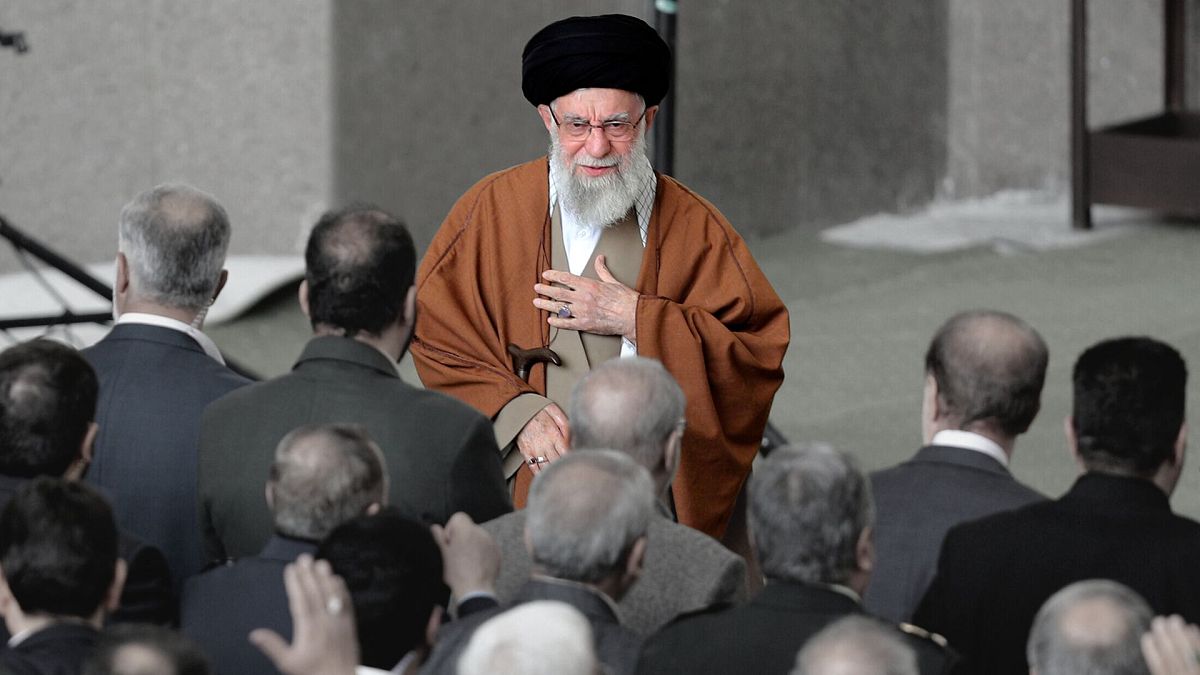

In recent days, the Middle East has experienced a series of high-profile military activities and geopolitical shifts, underscoring the region’s ongoing complexities. These developments span several countries, each facing unique challenges and repercussions. This overview seeks to provide a calm and insightful summary of the current events.
Iran’s Political Landscape
Veteran U.S. diplomat Ellen Eyre has shared her insights into the evolving political situation in Iran, especially in light of the ongoing Iran-Israel conflicts. According to Eyre, these tensions may lead to increased militarization in Tehran, consequently reducing the influence of reformist forces within the country. This shift marks a significant moment in Iran’s trajectory, suggesting that changes may not necessarily align with democratic development as some might have hoped.
Drone Strikes in Ukraine and Iraq
Elsewhere, conflict has manifested through drone strikes, notably affecting areas in Ukraine and Iraqi Kurdistan. In Ukraine, a Polish factory in Vinnytsia, operated by the Barlinek Group, was deliberately targeted by Russian drones. This strike resulted in serious injuries, including two individuals who sustained severe burns. Polish Foreign Minister Radosław Sikorski has emphasized the intentional nature of these unmanned aerial assaults.
Simultaneously, in Iraqi Kurdistan, three oil fields have been subject to similar explosive drone strikes. Although the drones caused material damage, fortunately, no casualties have been reported. This pattern of attacks underscores the broader regional instability, affecting key economic infrastructures.
Israel’s Military Actions
Israel has also been active militarily, conducting bombing raids in Syria and Lebanon. The targets included governmental forces in southern Syria and Hezbollah positions in Lebanon’s Bekaa Valley. These actions come in response to sectarian clashes and complex internal dynamics within Syria, notably in the province of Sweida, which has seen deployments of Syrian government forces despite warnings from Israel.
Israeli military operations extended to the Druze-majority city of Sweida, highlighting ongoing tensions. Syrian state media reported these Israeli strikes on strategic positions, reflecting Israel’s proactive stance in the region.
Broader Context and Reflection
The recent flurry of military activity across various Middle Eastern nations signifies continued volatility, with each country grappling with unique challenges. Iran’s internal political shifts, Ukraine’s geopolitical tensions with Russia, and Israel’s regional security maneuvers depict a multifaceted landscape influenced by historical and contemporary forces.
These situations call for a mindful approach, acknowledging the deep-rooted complexities while seeking pathways to peace and stability. International responses and diplomatic engagements will likely play crucial roles in navigating these challenges, with a collective hope for resolutions that prioritize harmony and constructive dialogue.
As these events unfold, it is essential to remain observant and engaged, understanding how interconnected these regional dynamics are and their potential implications for the global community. Through calm reflection and informed discourse, the path to peace, although intricate, remains a shared aspiration.
Source: {link}
